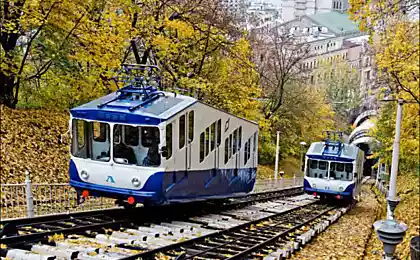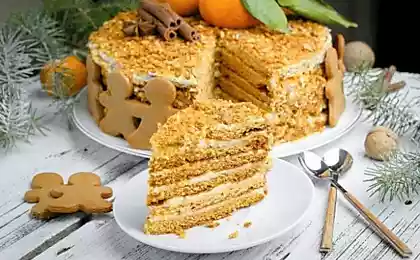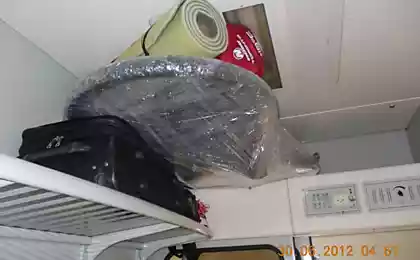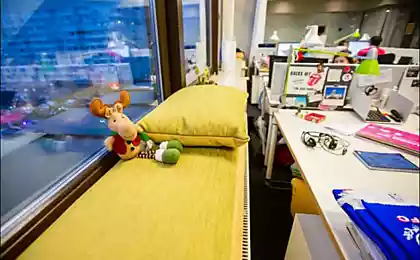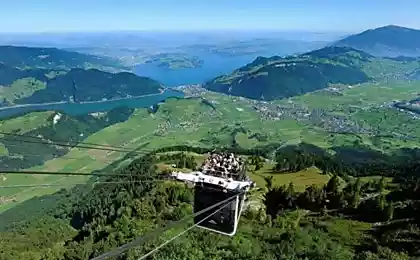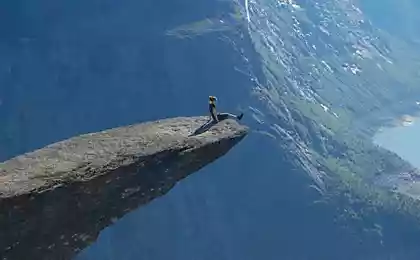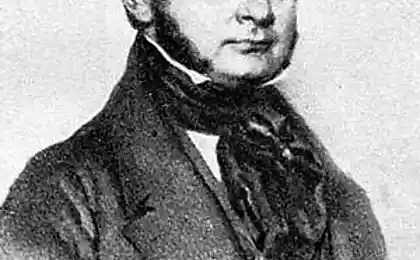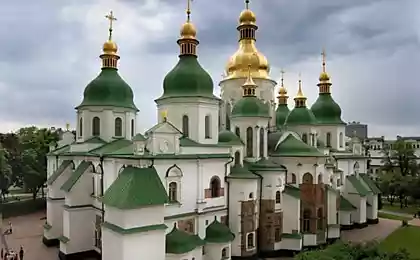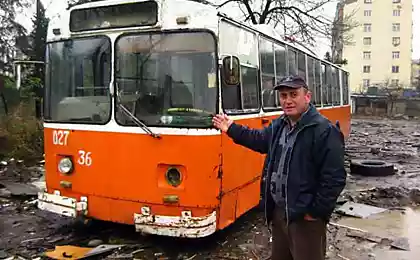923
Kiev funicular.
The problem of communication between the Upper Town and Podil there as much as it cost to Kiev. First, the steep slopes Kiev could only be reached by the usual paths, then added Andrew's descent, and later by Vladimir descent began to walk the tram. Nevertheless, the problem of quick and easy recovery on Vladimir Hill continued to exist at the end of the XIX century has repeatedly appeared different ideas for its solution, including and construction of a special lift at St. Andrew descent. Positive experience launched in 1902 Odessa funicular has had its influence on Kiev and in the end, it was decided to "make a separate mechanical lifting in a place not busy street" next to St. Michael's Monastery.
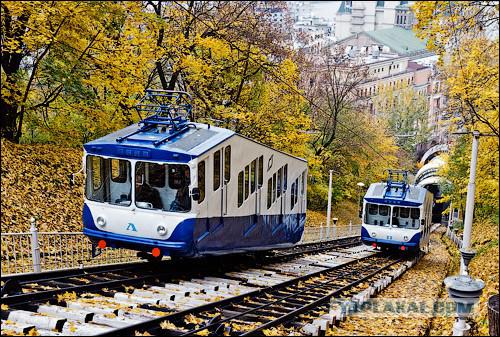
The idea to build a funicular filed an engineer in the box (so called him Minister of Transport Sergei Witte) Arthur Abragamson. The project was designed by the engineer Nikolai Pyatnitsky and architect Alexander Baryshnikov.

Create funicular lasted from 1902 to 1905. and the cost to the concessionaire (the Company Kiev Bahn) to 230 thousand rubles. Unusual transport system was officially named "St. Michael electric rope ascent." The grand opening took place on 7 (20) in May 1905 The first day of the ascent was a test: they can take advantage of builders and mechanics. The next day, 8 (21) in May, began the transportation of passengers. During 1905 were transferred the first 500 ths. Passengers.
The classical perspective on the funicular of the early 20th century. Later this view completely shut down trees.
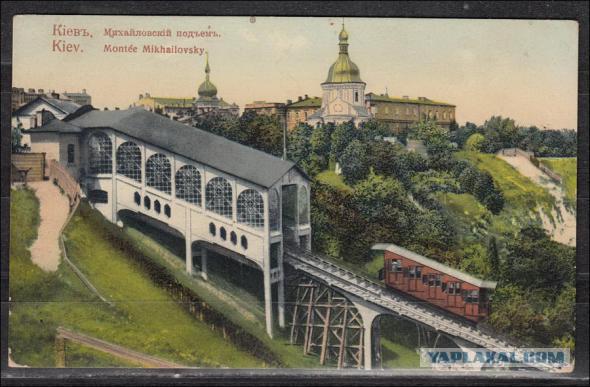
Another option, which is best seen reinforced concrete overpass:
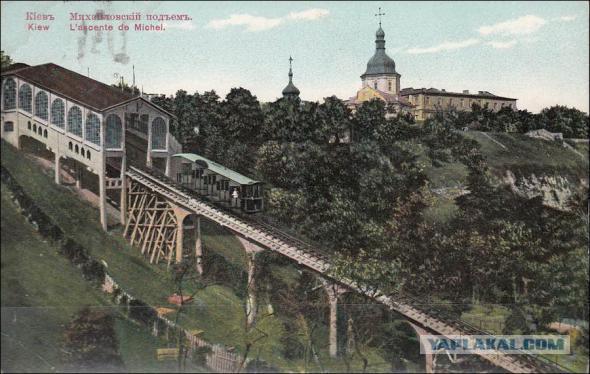
Track lifting and hem from the upper station:
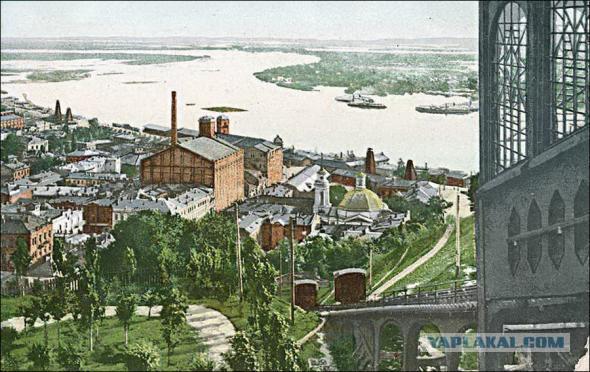
Introduced at the Mikhailovsky rise engineering decisions at the time were considered the most modern and progressive. Equipment cable car and trolley cars were manufactured in Switzerland, which had extensive experience in the creation of the cable cars. The cars had two open compartments and three closed coupe with seats. The terminal site intended for the conductors. The cars can accommodate 70 passengers and, as now, were moving at a speed of 2 m / s. Even then, the cars were equipped with emergency brake in case of rope breakage.
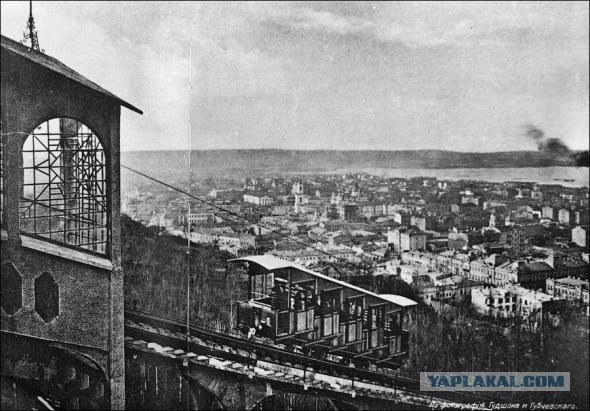
Route the cable car at the time was almost forty meters shorter than the present one. The bottom station was placed on the street. Borichev current, although it was originally going to be placed at the Alexander Street (now Sagaydachnogo). However, the track prevented private home owners that question resettlement for a reasonable price is not solved and the lower station had to be postponed. From the current Kontraktova Square it was specially laid tram line number of the route №15. The upper station is also not deprived of a tram and funicular actually become part of a single tram system, with up to 30-ies of the last century, he even had his own route number.
6. Lower station in its original form:

In the summer of 1928 during a maintenance accident occurred. When replacing the top rope car broke down and ran to the bottom. Human victims managed to escape, but the cars were completely destroyed. The new cars were built by the factory to them. Dombasle (now Kiev factory electric - KZET). Assembling cars on site. It was also decided to hold more capital improvements and bring to life the original project by moving the lower station to the street. Sagaydachnogo. Porch House, which is located behind the station, equipped with a corridor for the passage of passengers and for residents of the building have equipped the new entrance. Thus, the cable car route was increased by 38 m and adopted the current form.
7. The group of designers and workers of the plant. Dombasle on the background of the new car:

Unlike the old wooden cars were new half-metallic. April 15, 1929 a special commission has tested new cars and an extended line of ascent. For an objective assessment of the action brake rails lubricated with oil. Despite this, falling down the car automatically slows down, passing only 4, 16 m. Passenger traffic on the renewed upsurge began May 2, 1929 A year later, he received a new name - Raising them. Ivanov (in honor of the Soviet statesman).
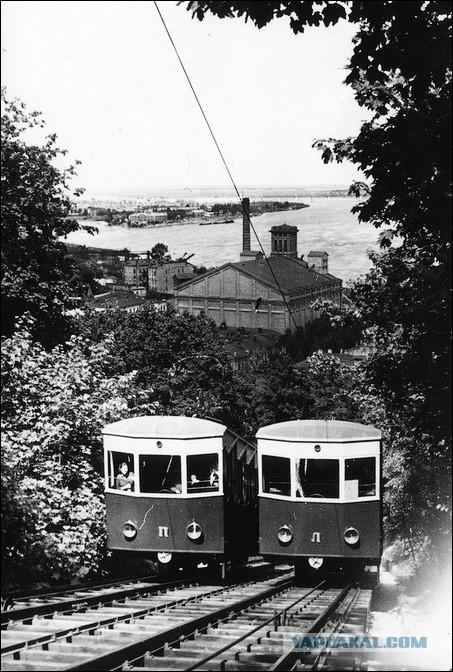
During the first reconstruction of the funicular traction equipment remains the same. The work provided by two cable car DC motor power 65 hp each One of them was a spare. Directly connected to the engine was a special band brake, which is actuated either automatically or at the behest of the mechanics. This brake is not allowed to develop higher speed operation and prevented a buffer wagon hit the upper and lower stations.
9. Here you see a cross-section and plan of the upper station of the engine room (drawing engineer G. Kulikov made in 1932). General scheme of the funicular since then has not changed, only the changed hardware.
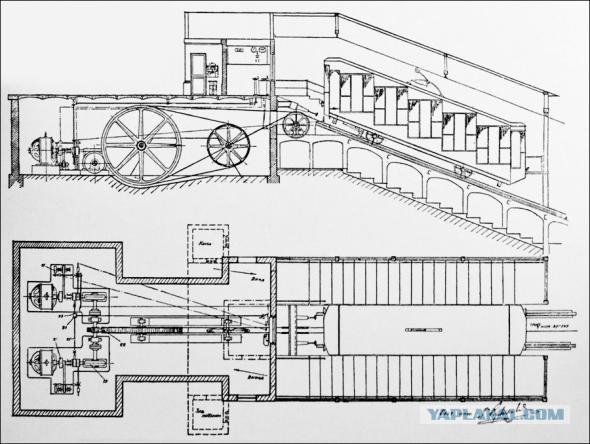
In the 1930s, a lot of ideas discussed construction of new cable lifts. In particular, they proposed to build on the descent of the Ascension, St. Andrew's hill, from the bridge to them. Eugenia Bosch on Pechersk and Menagerie ...
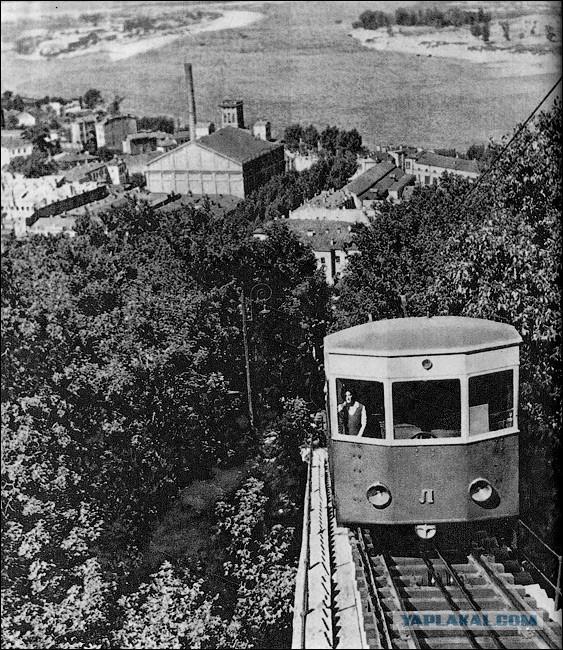
During World War II, the funicular was working intermittently. After the liberation of the town lift was a little refurbishment and 27 November 1943 he was again put into operation. That looked so sad the top station in 1943 .:
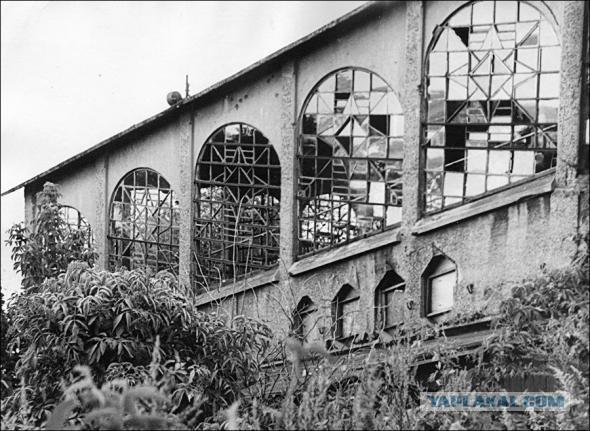
The top station and the pier in 1944 .:

The bottom station in the postwar period:
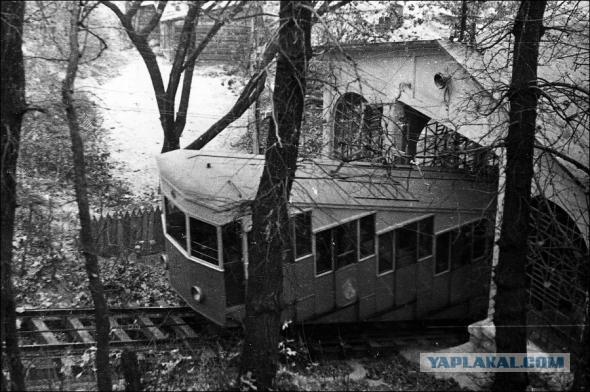
More
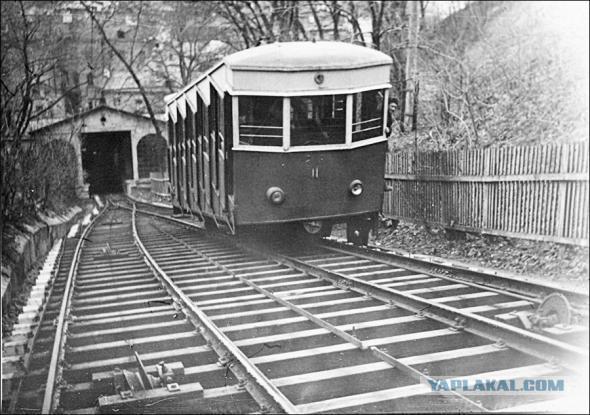
50s:
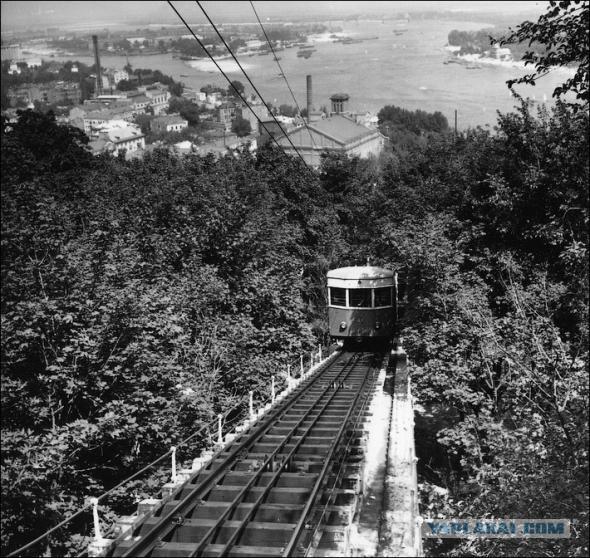
More
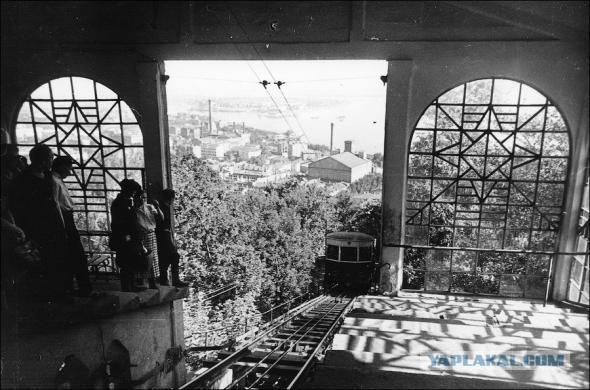
Facade of the top stations in the same years:
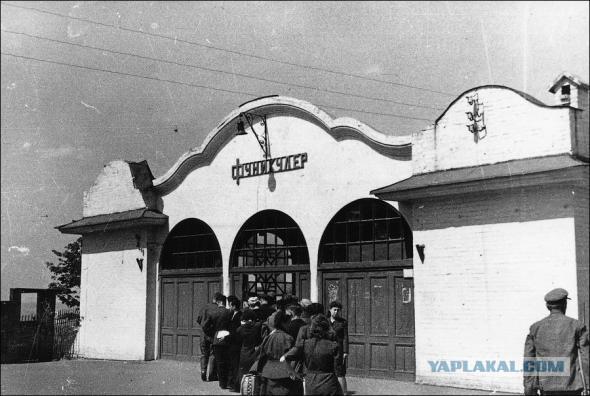
The second major reconstruction was carried out in two stages. In 1956 the specialists of this KZET led VS Seregina were designed all-metal wagons K-56 with a cascading poluobtekaemoy body shape, automatic doors and sofas in the salon.
Draft design of the car K-56 (by VS Seregin). By the way, this sketch approved by the chief architect of Kiev, which further underlines the special status of the funicular. Where have you seen that the appearance of a tram or trolleybus claimed chief architect? :)

Detail drawing:
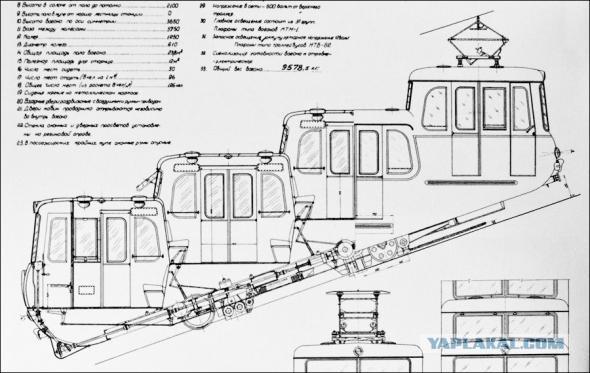
Transportation of one of the new cars on the waterfront:
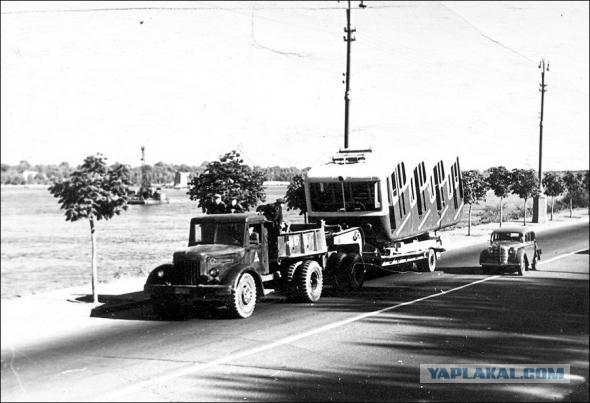
To replace the cars near the bottom station was built a temporary curve by which old cars were lowered on the street. Borichev current:

After that, they were replaced with new cars:

Preparation time curve to lift the car on the line:
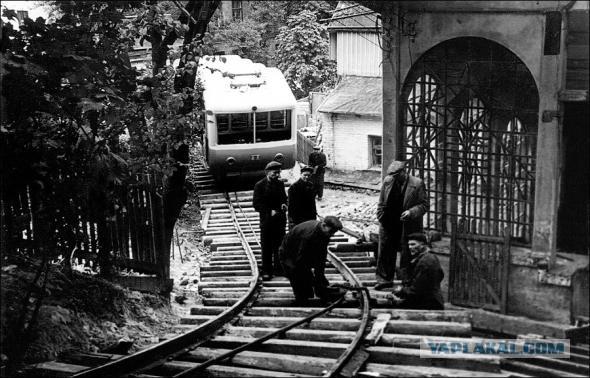
Straight from the tin wagons K-56, and the second group of participants of reconstruction:
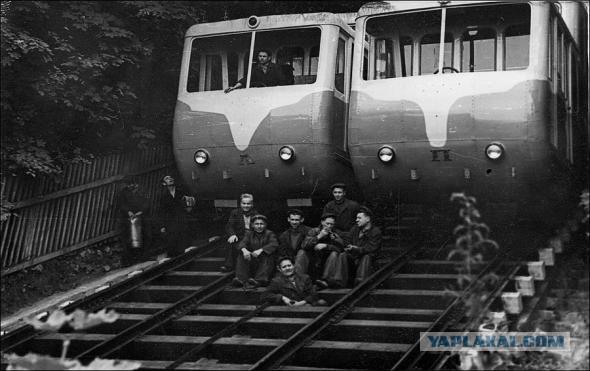
December 20, 1958 new cars have taken on board its first passengers.
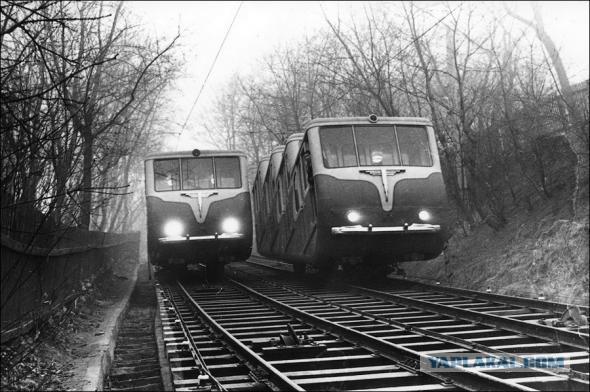
Entourage:
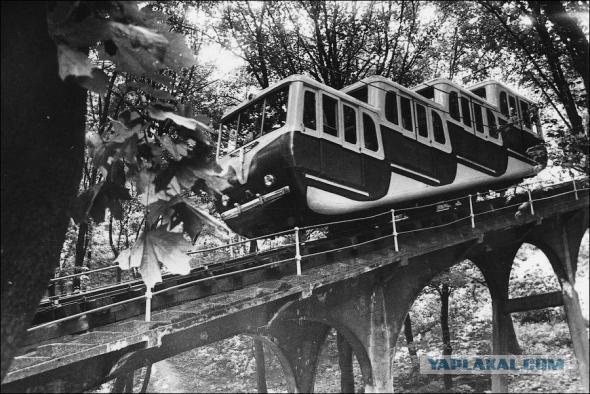
During the reconstruction of the facade and the slightly updated the upper station:
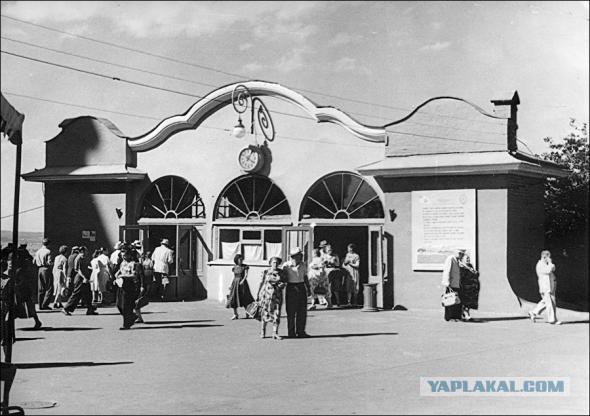
In 1963-1964 gg. the second stage of reconstruction. In the turbine hall was installed new modern equipment, and the facade of the upper station completely rebuilt in the spirit of what was then the architecture: a simple and concise form, tiles and neon letters.

It looked like the entrance to the lower station during the construction of the subway station in the middle of the Postal Square 70:
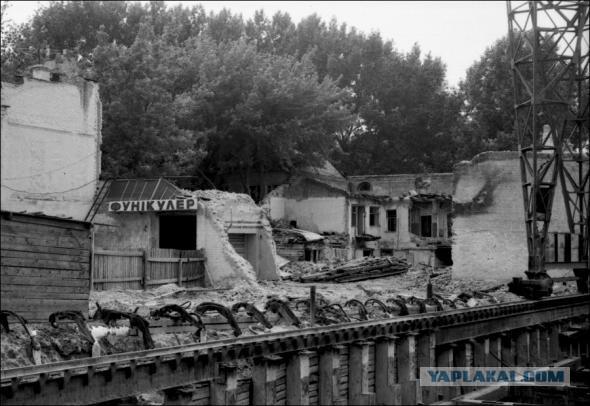
But already after the start line of the metro to the Hem. By the lower station of the funicular is still led a long corridor inside the old house:
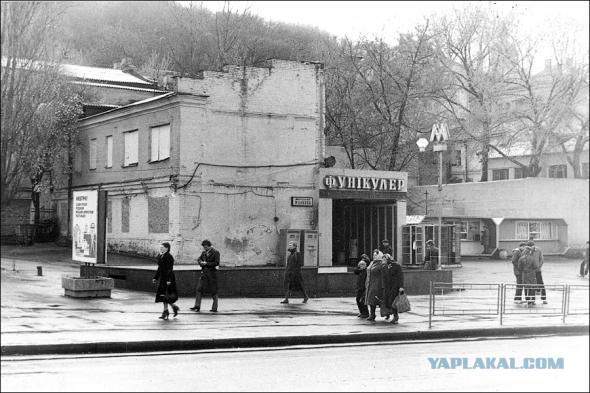
More
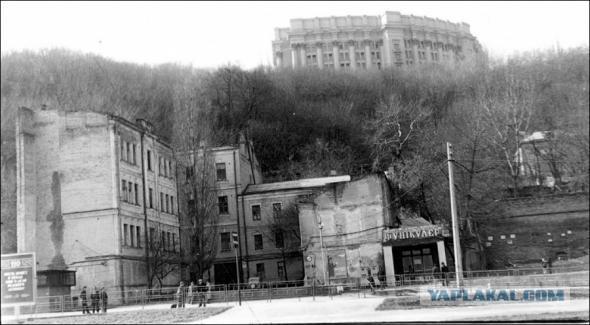
A couple of photos wagons K-56:
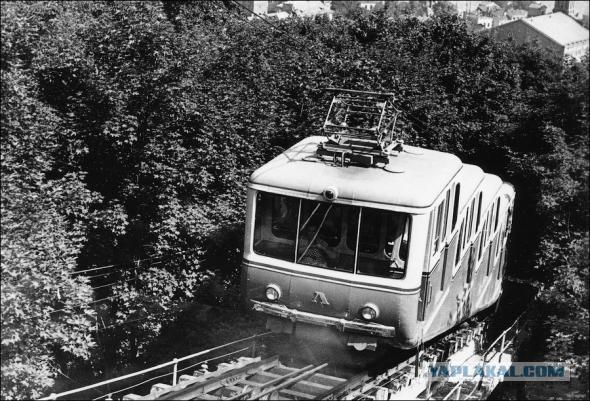
Source:

The idea to build a funicular filed an engineer in the box (so called him Minister of Transport Sergei Witte) Arthur Abragamson. The project was designed by the engineer Nikolai Pyatnitsky and architect Alexander Baryshnikov.

Create funicular lasted from 1902 to 1905. and the cost to the concessionaire (the Company Kiev Bahn) to 230 thousand rubles. Unusual transport system was officially named "St. Michael electric rope ascent." The grand opening took place on 7 (20) in May 1905 The first day of the ascent was a test: they can take advantage of builders and mechanics. The next day, 8 (21) in May, began the transportation of passengers. During 1905 were transferred the first 500 ths. Passengers.
The classical perspective on the funicular of the early 20th century. Later this view completely shut down trees.

Another option, which is best seen reinforced concrete overpass:

Track lifting and hem from the upper station:

Introduced at the Mikhailovsky rise engineering decisions at the time were considered the most modern and progressive. Equipment cable car and trolley cars were manufactured in Switzerland, which had extensive experience in the creation of the cable cars. The cars had two open compartments and three closed coupe with seats. The terminal site intended for the conductors. The cars can accommodate 70 passengers and, as now, were moving at a speed of 2 m / s. Even then, the cars were equipped with emergency brake in case of rope breakage.

Route the cable car at the time was almost forty meters shorter than the present one. The bottom station was placed on the street. Borichev current, although it was originally going to be placed at the Alexander Street (now Sagaydachnogo). However, the track prevented private home owners that question resettlement for a reasonable price is not solved and the lower station had to be postponed. From the current Kontraktova Square it was specially laid tram line number of the route №15. The upper station is also not deprived of a tram and funicular actually become part of a single tram system, with up to 30-ies of the last century, he even had his own route number.
6. Lower station in its original form:

In the summer of 1928 during a maintenance accident occurred. When replacing the top rope car broke down and ran to the bottom. Human victims managed to escape, but the cars were completely destroyed. The new cars were built by the factory to them. Dombasle (now Kiev factory electric - KZET). Assembling cars on site. It was also decided to hold more capital improvements and bring to life the original project by moving the lower station to the street. Sagaydachnogo. Porch House, which is located behind the station, equipped with a corridor for the passage of passengers and for residents of the building have equipped the new entrance. Thus, the cable car route was increased by 38 m and adopted the current form.
7. The group of designers and workers of the plant. Dombasle on the background of the new car:

Unlike the old wooden cars were new half-metallic. April 15, 1929 a special commission has tested new cars and an extended line of ascent. For an objective assessment of the action brake rails lubricated with oil. Despite this, falling down the car automatically slows down, passing only 4, 16 m. Passenger traffic on the renewed upsurge began May 2, 1929 A year later, he received a new name - Raising them. Ivanov (in honor of the Soviet statesman).

During the first reconstruction of the funicular traction equipment remains the same. The work provided by two cable car DC motor power 65 hp each One of them was a spare. Directly connected to the engine was a special band brake, which is actuated either automatically or at the behest of the mechanics. This brake is not allowed to develop higher speed operation and prevented a buffer wagon hit the upper and lower stations.
9. Here you see a cross-section and plan of the upper station of the engine room (drawing engineer G. Kulikov made in 1932). General scheme of the funicular since then has not changed, only the changed hardware.

In the 1930s, a lot of ideas discussed construction of new cable lifts. In particular, they proposed to build on the descent of the Ascension, St. Andrew's hill, from the bridge to them. Eugenia Bosch on Pechersk and Menagerie ...

During World War II, the funicular was working intermittently. After the liberation of the town lift was a little refurbishment and 27 November 1943 he was again put into operation. That looked so sad the top station in 1943 .:

The top station and the pier in 1944 .:

The bottom station in the postwar period:

More

50s:

More

Facade of the top stations in the same years:

The second major reconstruction was carried out in two stages. In 1956 the specialists of this KZET led VS Seregina were designed all-metal wagons K-56 with a cascading poluobtekaemoy body shape, automatic doors and sofas in the salon.
Draft design of the car K-56 (by VS Seregin). By the way, this sketch approved by the chief architect of Kiev, which further underlines the special status of the funicular. Where have you seen that the appearance of a tram or trolleybus claimed chief architect? :)

Detail drawing:

Transportation of one of the new cars on the waterfront:

To replace the cars near the bottom station was built a temporary curve by which old cars were lowered on the street. Borichev current:

After that, they were replaced with new cars:

Preparation time curve to lift the car on the line:

Straight from the tin wagons K-56, and the second group of participants of reconstruction:

December 20, 1958 new cars have taken on board its first passengers.

Entourage:

During the reconstruction of the facade and the slightly updated the upper station:

In 1963-1964 gg. the second stage of reconstruction. In the turbine hall was installed new modern equipment, and the facade of the upper station completely rebuilt in the spirit of what was then the architecture: a simple and concise form, tiles and neon letters.

It looked like the entrance to the lower station during the construction of the subway station in the middle of the Postal Square 70:

But already after the start line of the metro to the Hem. By the lower station of the funicular is still led a long corridor inside the old house:

More

A couple of photos wagons K-56:

Source:
